Rackensack Canyon
Fast Flight Facts
Target Species: Sycamore riparian and desert species
Elevation: 3500'
Habitat: Canyon with sycamore riparian habitat with a creek, surrounding hills with Lower Sonoran Desert and chaparral
Overall Birding Rating: 4
Difficulty: 1-3 (Easy to Moderate)
Birding Type: Easy to Moderate Hiking
Facilities: None, off-road parking
Fees/Ownership: None/Tonto National Forest
Closest Town or City/How far from Phoenix: Cave Creek /33.4 miles north-northeast of Phoenix
Getting there: Reached by parking along Seven Springs Road and Rackensack Canyon crossing
Overview: The rugged Rackensack Canyon will give birders the feel of being out in the wild west. Just as many Red-tailed Hawks are portrayed in western movies flying over a rugged area screaming away, that is also a common sight here at this location. This is an interesting canyon, with a variety of vegetation types. Because of the various vegetation types, the birding will be very interesting as well. Nestled in the canyon are stands of sycamore trees throughout the habitat. Besides sycamores in the canyon bed, a variety of shrubby plants and desert scrub are along Rackensack Canyon. Sometimes a creek flows through the canyon. On the north side of the canyon, the surrounding hills are sonoran desert. Chaparral habitat is in places where the surrounding slopes on the south side of the canyon are made up of shrubby habitat different than the sonoran desert on the north side of the canyon. With this different array of habitat, the birding will be exciting at this location.
Birdlife here will consist of birds that favor sycamore/riparian habitat, chaparral, and sonoran desert. Zone-tailed Hawk is a good example of a breeding species that can be found here. Desert birds such as Gambel's Quail, Anna's and Costa's Hummingbirds, Verdin, Cactus Wren, Curve-billed Thrasher, and Black-throated Sparrows will thrive at this location. Species to keep an eye out for in winter include Bushtit, Bewick's Wren, Western Bluebird, Spotted Towhee, and perhaps a Fox Sparrow or two.
Birding Tip: Once parking, explore both sides east and west of the canyon from Seven Springs Road. Avoid the residences on the west side. The west side has more ground to explore on, and it is also much easier to hike than the more thick east side. There are several side canyons that venture off the main canyon that are also worth exploring.
Directions: From the east side of the loop 101, take the Pima Road Exit and then Pima Road north for 12 miles until the intersection of Pima and Cave Creek Roads meet. Then take Cave Creek Road east for four miles until the road turns into Seven Springs Road. It becomes Seven Springs Road after the turnoff to the Cave Creek Ranger Station. Once it becomes Seven Springs Road, head north for 5 miles. The pavement on Seven Springs Road ends right about at the four mile mark, which is close to Rackensack Canyon, which is reached almost right at five miles. At five miles, the canyon is noticeable. The best parking is on the east side of Seven Springs Road where it won't interfere with other vehicles accessing the canyon. Walk both east and west down the canyon to explore. The west side has more ground to cover, but after a mile or so of hiking, private property is reached. Don't go near the cabin.
Pages:
Rackensack Canyon Maps
Rackensack Canyon eBird Data
Scenes and Sights from Rackensack Canyon:
Autumn
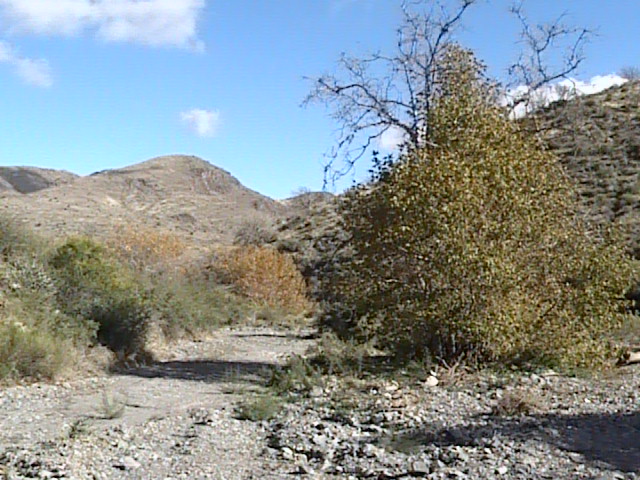
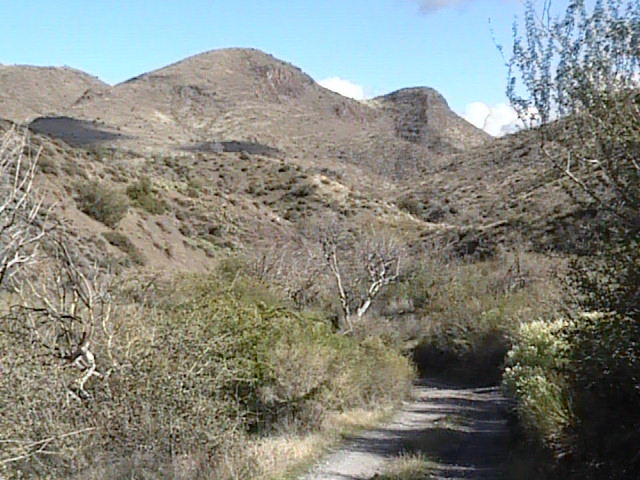
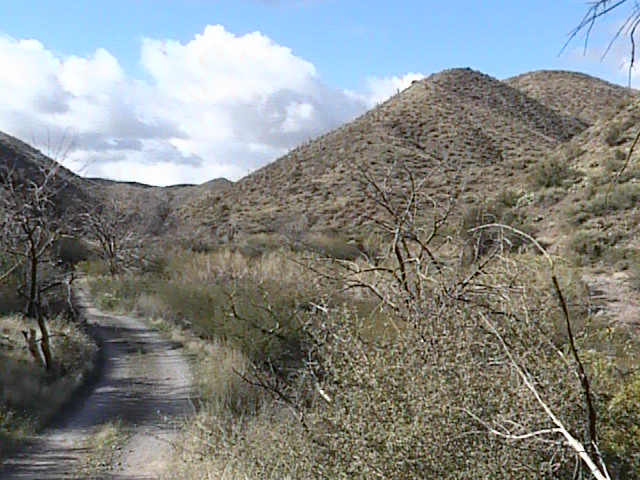
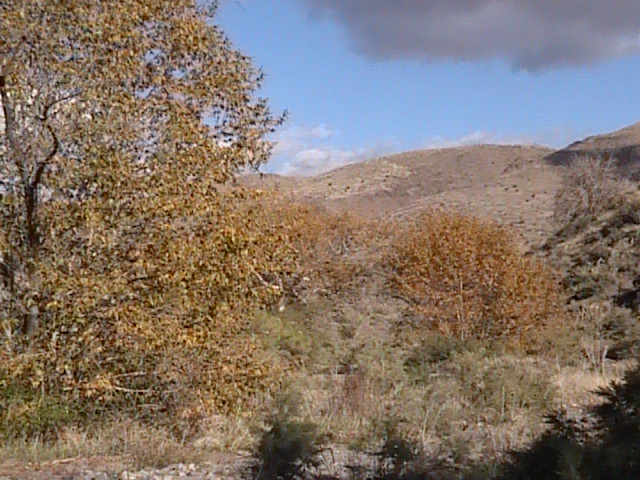
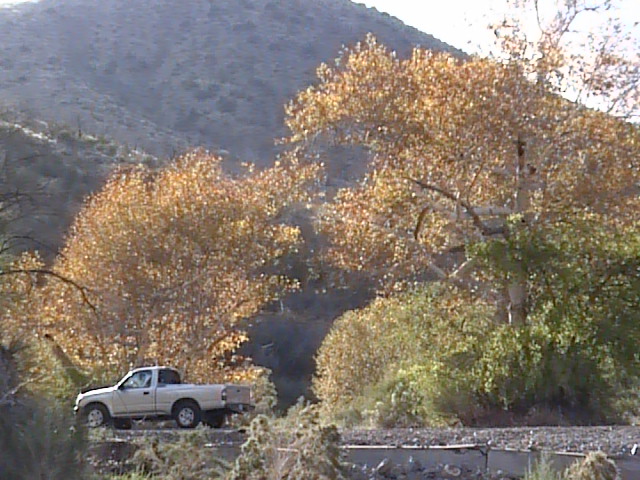
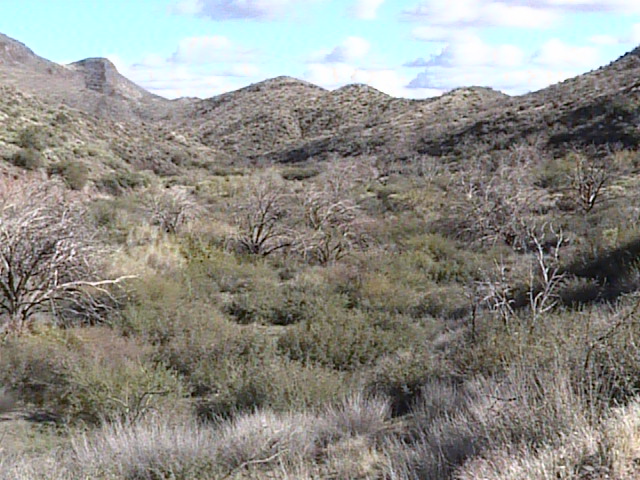
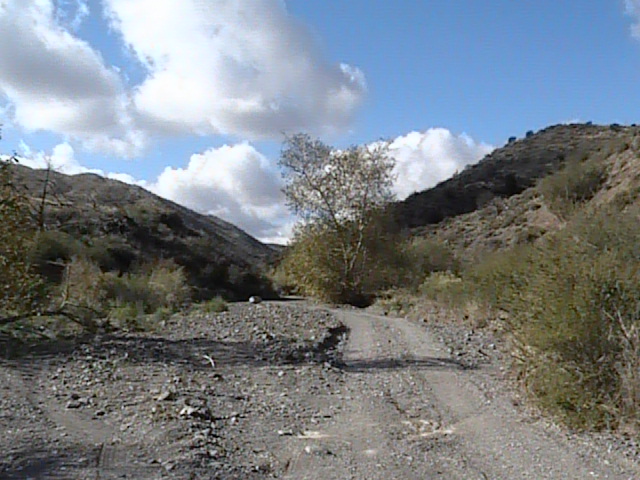
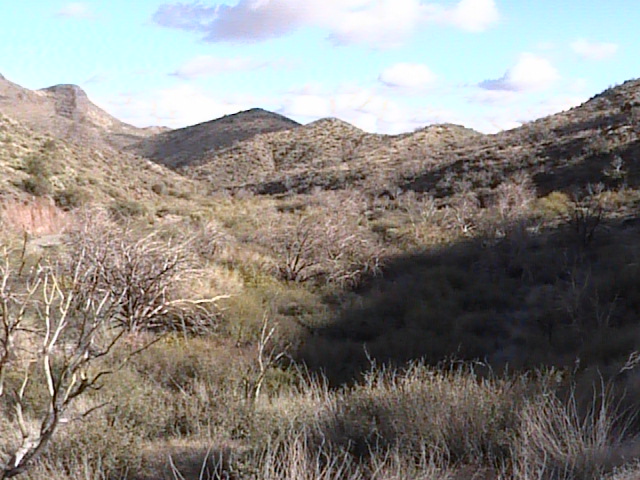
Birdlife of Rackensack Canyon:
Red-tailed Hawk
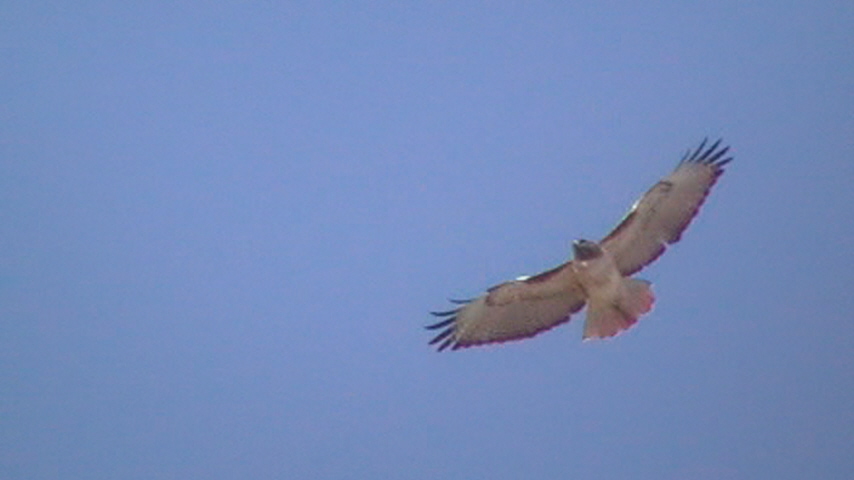
Fox Sparrow (uncommon winter visitor)
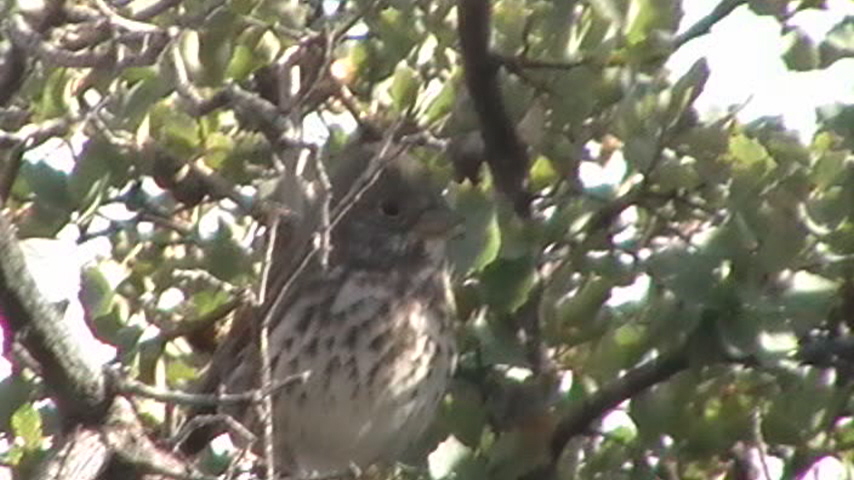
Back to Area 11-Cave Creek | 